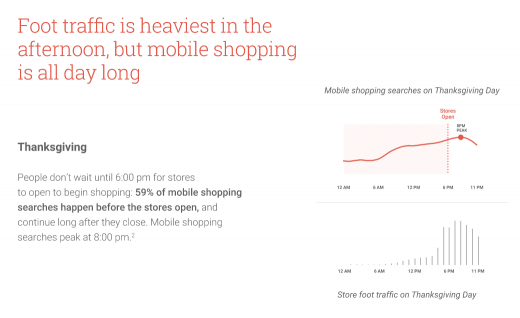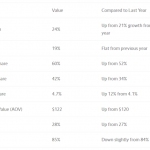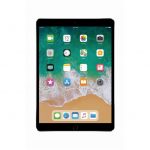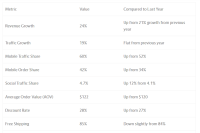Black Friday Sale: Insights From 2016 and Tips for 2017
— December 5, 2016
The past week had the whole e-commerce industry on steroids. The sale volume shot over the roof, touched the moon and came back. A staggering figure of $ 5 billion gave the retailers too much to thank for, this Thanksgiving. We wrote a post about tips to increase sales on Black Friday and Cyber Monday.
Every brand, retailer and e-commerce player worth its salt had a strategy in place for the shopping gala. Some of it worked, and some didn’t. It is okay to be wrong, and it is great to be right, but it is necessary to improve on both. Google, Adobe Digital and Salesforce released their individual reports on the insights they derived from tracking traffic to top US online retailers. This post is a hand-picked assortment of learning that matters to our community.
1. It’s high time retailers go omni-channel.
Insight: The sales volume by the end of Black Friday was $ 5.27 billion, a YoY 17% growth. Black Friday alone contributed to $ 3.34 billion (YoY 21.6% growth) while the rest was accounted by Thanksgiving.
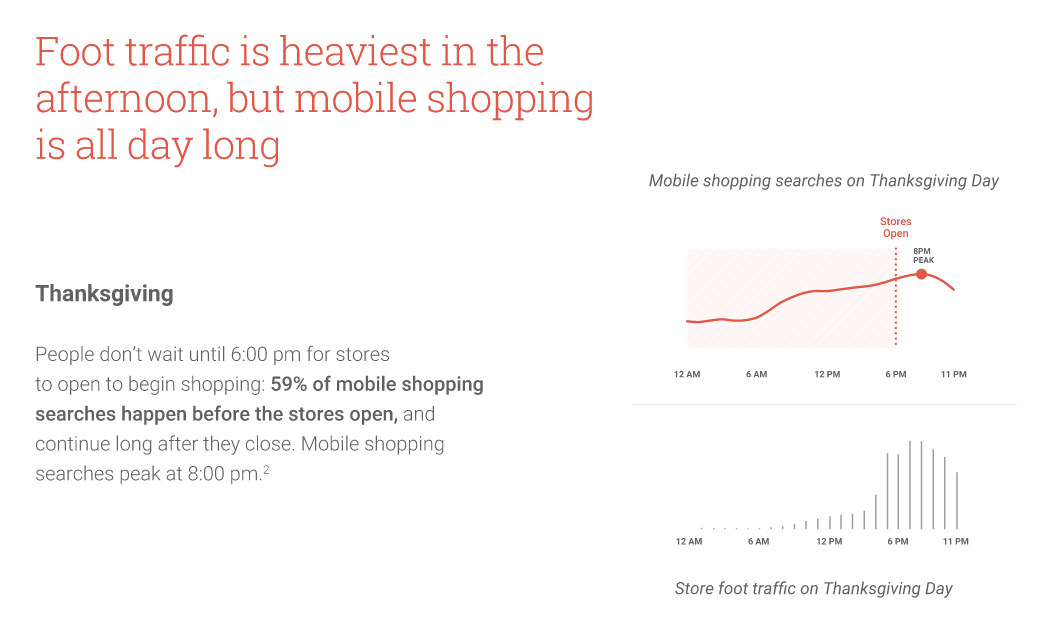
Learning: The potential for growth is still strong, and stagnancy is far from achieved. The market size is growing along with the ticket size of the purchase. White goods accounted for a major chunk of the sale with PS4, Xbox and smart televisions topping the list.
Tips for 2017: Black Friday sale has always been associated with Early Bird offers, but in the online world, the footfall is around the clock. Retailers that have invested in mobile, email and social have seen 30 percent more sales on average and 25 percent higher average order values.
Going by the trend, the focus on online marketing for all retailers, irrespective of the omnichannel presence, must increase. The budget demands a raise with the display of an excellent RoI and measurable outcomes.
2. Email marketing is strong as ever.
Insight: The attribution of revenue to channels revealed a 17.8% attribution to email marketing while social, and display ads contributed just about 1% of the sales.
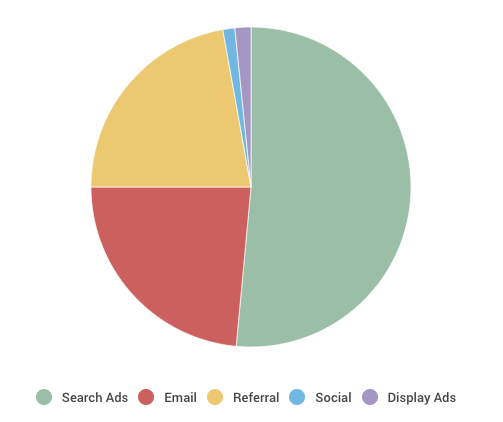
Traffic Received Through Different Channels
Learning: Email marketing still stands strong, contrary to the believed shift towards social media and other newer channels. The role of social media can still be accounted for awareness, but accountability is difficult to measure, and hence the RoI becomes more difficult to justify.
Tips for 2017: A move forward must be in the direction of using Emails in a much-improved manner. Personalization not only regarding mass personalisation but also based upon user events and behaviour needs to be the order of the day. Targeted as well as triggered communication needs to be incorporated in order to reduce the spamminess of the channel.
3. Getting traffic is easy, the goal should be conversion.
Insight: Search ads (38.3%), and referral websites (16.5%) account for more than half (54.8%) of the received traffic.
Learning: Bringing traffic to the website and app is the primary goal of all marketers. It is after the customer visits is when they lose the plot. The limitations of landing pages and mass customizations expose the leaks in the conversion funnel.
Tips for 2017: Using hyper-targeted messaging through overlays, browser pushes and in-app messages enhances the experience of the customer. Personalisation and effective targeting create a personal experience which makes the customer feel valued and hence increasing the chances of a purchase.
4. Mobile matters, and so does web.
Insight: Conversions were distributed throughout devices without a skewed tilt in anyone’s favour. Smartphones clocked at 2.4 percent, tablets at 4.6 percent and desktops at 5.5 percent.
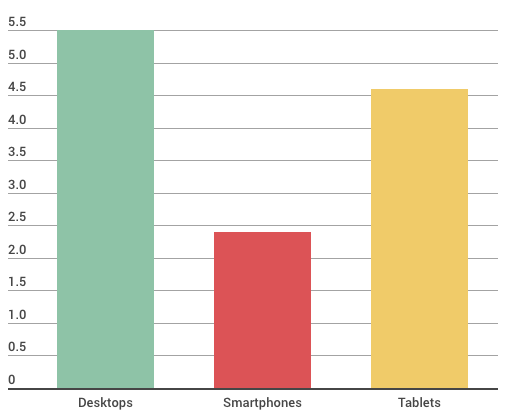
Conversion Rate Per Device
Learning: A web-only strategy became obsolete a long while back. A few companies took the mobile only route and couldn’t succeed as much. The data reinforces the principle of an omnichannel presence for better results.
Tips for 2017 : Not just the presence but the marketing needs to go omnichannel as well. The customer while interacting with the brand thinks of the brand as one irrespective of the platform or device used to access it. Keeping this in mind, the messaging, targeting and delivery of every piece of communication and in-turn the overall experience needs to be coherent and contextual.
Checklist for Black Friday 2017
Collating the learnings from 2016 and keeping the visible trends of e-commerce in context, we can summarize the guiding principles for marketing in 2017 in the following bullet points:
i. The channels can remain the same but the messaging shouldn’t. It is the time for personalisation to take a leap of being a batch process to individual.
ii. Omni-channel presence is necessary but useless without an omnichannel marketing approach.
iii. Customers perceive brands as one, irrespective of the channels or platforms. The experience must remain coherent and contextual.
iv. Bringing traffic to the website is a job half done. The experience around converting them should also be in line.
v. 2017 is a new year but also a successor of 2016. The events that shaped the user profile this year will be integral in sustaining the relationship with the brand and hence retaining them in future.
That’s all from us about Black Friday and Thanksgiving. Wish you a Merry Christmas and Amazing New Year.
Happy Marketing!
Also published on WebEngage’s Marketing Blog.
Digital & Social Articles on Business 2 Community
(14)

